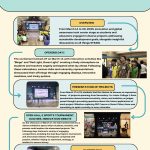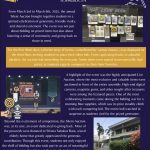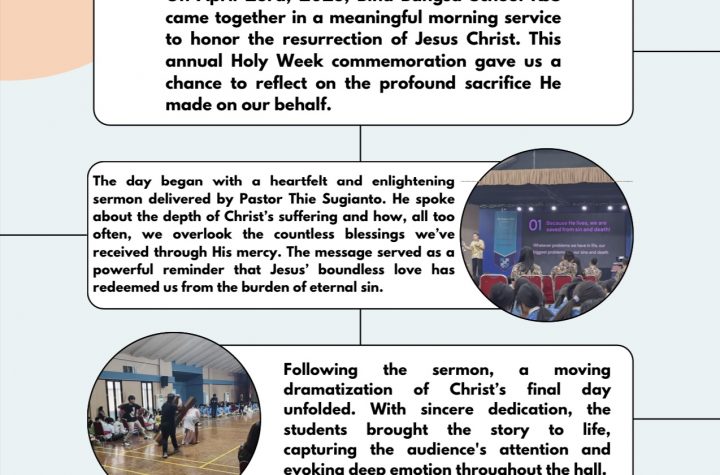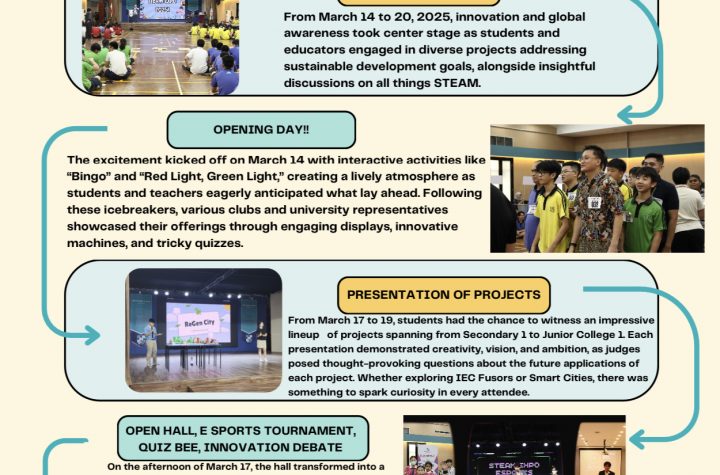A liberal education is one in which students are exposed to a wide range of subjects, including many that are not necessarily considered “practical” for building careers. This happens through distribution requirements or just the ability to choose among many different subjects in sciences, social sciences, arts and humanities, no matter what major one declares. The results? A well-rounded person with wide-ranging interests and abilities, and the flexibility and adaptability to meet the challenges of the world in which we live.
A liberal education can happen in a big university in which the average class size is 200, and where TAs or adjuncts do most of the teaching and grading. A liberal arts college provides these same learning opportunities, but the big difference is that students work very closely with their professors. In liberal arts colleges, classes tend to be small, the ratio of faculty to students is around 10/1 and professors directly teach and assess the students. The result is a much more intensive and personalized education, in which students practice deeply the fundamental skills of reading, writing, critical thinking, analysis, synthesis, and exposition.
Liberal arts colleges do much more than provide students with opportunities to work closely with professors and learn academic skills. They also provide a holistic education through all sorts of activities both inside and outside the classroom, including advising, mentoring, career services, athletics, musical groups, community service, clubs, common interest groups, and so forth. Good liberal arts colleges also provide ample opportunities for students to go abroad and study foreign languages and also gain exposure to different cultures and other parts of the world.
To be sure, there is nothing wrong with attending a large university. This may be the best choice for many students, and usually a large and well-endowed research university will provide students with a much greater range of courses and subjects than a small liberal arts college can. In fact, there is a spectrum and not a deep divide between the two: some liberal arts colleges are nestled within larger research universities. Nevertheless, professors in a large research university tend to focus on their research, on running institutes and laboratories, and on working with graduate students. Liberal arts colleges on the other hand place undergraduate students front and center. While professors are encouraged to conduct original research, they are also rewarded both career-wise and personally by their ability to engage deeply with fresh, young minds.
I attended a liberal arts college in America. For me, the greatest rewards lay not in the specific courses I took nor the subjects I learned, but rather in the close relationships that I was able to have with professors and fellow students–relationships that have lasted a lifetime. While in college, I chose to study Mandarin Chinese. I found myself living in Taiwan and traveling extensively in Mainland China and other parts of Asia. I consider these “extra-curricular” experiences to be among the most important of my college education, and they in turn led me in the direction of being a scholar of Chinese language, history and culture, and an educator with a focus on Asia.
Andrew Field
Associate Dean for Undergraduate Programs
Duke Kunshan University (https://dukekunshan.edu.cn)
Source of featured image: https://dukekunshan.edu.cn/sites/default/files/styles/home_page_slide/public/2015-04-08-slide.jpg?itok=e3jb0dNu










More Stories
BBS KJS Opinion: 快餐对年轻人健康的影响 (by BSP Scholars)
BBS KJS KOREAN LESSONS WITH HANDONG GLOBAL UNIVERSITY 2023
BBS KJS Opinion: 感恩父母 (By BSP Scholars)